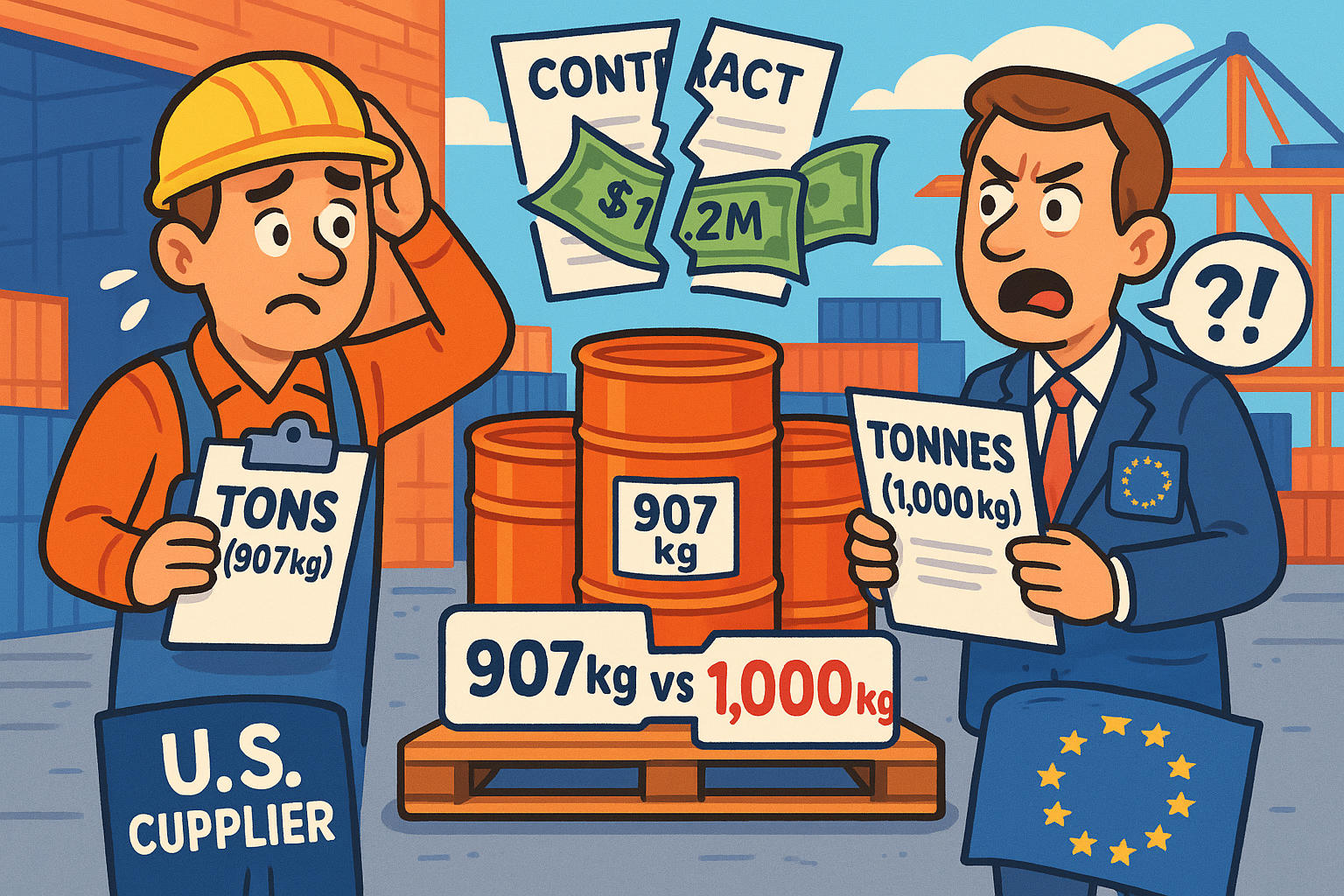pound to tonne (lb to t) – How to convert lb to t
Working with large quantities of weight? Converting pounds to tonnes is a must when you're dealing with international shipping, manufacturing, or science. The tonne (also called the metric ton) is widely used outside the U.S. and makes metric conversions simple. In this guide, you’ll learn how to go from lb to t, where each unit is used, and how to calculate it quickly and accurately.
Pounds and Tonnes in Real Life
Let’s say you’re exporting equipment overseas. Your U.S.-based invoice says 11,000 lb, but your international client expects the weight in tonnes. Converting between these units ensures clear communication, accurate billing, and zero confusion.
A pound (lb) is a unit of mass in the U.S. customary system, widely used in everyday life — from weighing humans and pets to food, furniture, and more.
Need a metric comparison? Use our Pound to Kilogram Converter.
A tonne (t) is the metric ton, equal to 1,000 kilograms. It's the standard unit used in global industries like agriculture, freight, construction, and scientific reporting.
Need the reverse? Try our Short ton to Pound Converter.

How to Convert Pounds to Tonnes
Converting is easy:
tonnes = 2,204.62262 pounds
Example:
11,000 lb ÷ 2,204.62262 = 4.99 t
To avoid manual mistakes, explore the Weight Converter if you're switching between other units.
Did you know?
-
A horse’s heart can weigh over 10 pounds — about the same as a bowling ball, and it beats 30–40 times per minute.
-
A wind turbine blade can weigh between 12 and 20 tonnes, depending on its size — that's heavier than a scool bus.
-
The heaviest pumpkin ever recorded weighed 2,749 pounds — more than 1.2 tonnes — grown in Italy in 2021.
-
The Burj Khalifa’s concrete foundation includes over 110,000 tonnes of concrete — more than 240 million pounds underground.
-
In Star Wars, Chewbacca’s actor, Peter Mayhew, stood 7'3" and weighed around 265 pounds, towering over his co-stars both on and off screen.
The Tonne Mistake That Sank the Deal
“Metric misunderstanding, million-dollar problem”
In 2014, a U.S. supplier misquoted a shipment of industrial resin as tons instead of tonnes to a client in Europe. The client expected 1,000 kg per unit, but received 907 kg — the U.S. short ton. The mix-up sparked a dispute over cost per kilogram and eventually led to a canceled contract worth over $1.2 million. This real-life example shows how a small error in unit conversion — just 93 kg per load — can lead to massive consequences. Knowing the difference between pounds and tonnes isn’t just helpful, it’s essential for global trade.

Conclusion
Converting pounds to tonnes (lb to t) is key when working across borders, industries, or scientific disciplines. Just divide by 2,204.62262 — or skip the math with our pound to tonne converter. For even more flexibility, check out the Converter. One click, and you're done.

